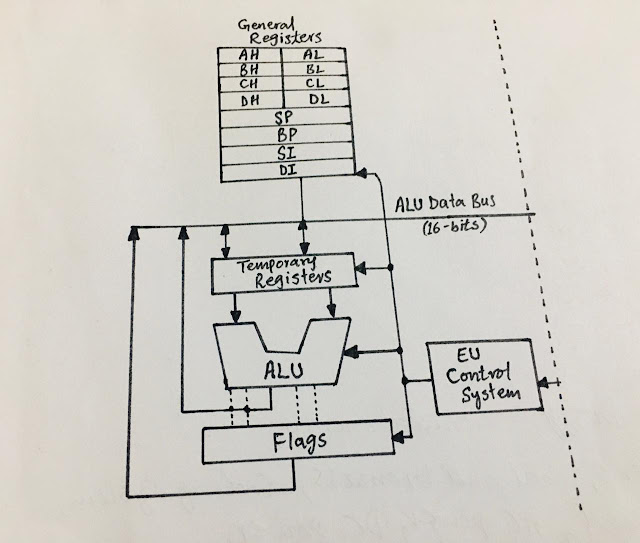How does Solar Energy converted into Electricity step by step
Generation of Electricity from Solar Energy;
The generation of electricity from solar energy has been
more useful nowadays and have a great need and would be a promising method in
the future. Conventional energy sources like coal, biomass, fossil fuel and
other polarized or gasified sources would not be well enough to produce more
power for industrialization.
The solar energy can be converted to electrical and then
chemical and mechanical energy for the industrial, commercial, and household
usage through high-temperature endothermic processes.
Solar energy is the best renewable source of energy because
of its vast advantages. It is a non-vanished renewable source and is more
environmentally friendly than any other source of energy.
Generating electricity from sunlight is even easy also than
generating from any other source like coal, fossils, water, and wind, etc. It is
because the earth receives (1366W approximately) which is about 10,000 times
the total production of human energy today every hour a day and in the whole
year and is not stoppable and non-depleting. And also the energy available in
space is unlimited.
Solar energy is the best source of electricity which is
easily renewable and ecologically safe. It has the greatest long-term
production potential and is predicted to be playing a great role in the
geothermal energy sources in coming years.
The major reason of being beneficial of the solar energy
among other energy sources is that it can be directly converted to electricity
and then other energies or powers by using photovoltaic (PV) cells, panels,
modules, and batteries with high converting form.
Moreover, solar energy can be freely reachable to common
people and it is available in a larger quantity so that everyone can easily get
access to it. It is also considered cheaper than other sources and it
requires mainly fewer manpower expenses over conventional energy production
technology.
The Main Components of Solar Energy Electricity Generation
1. Photovoltaic Cells (PVCs)
2. Solar panels
3. Batteries
4. Controller
5. Inverter
The photovoltaic cells are also called
solar cells are the main components and are the semiconductor devices which
convert the energy they get from sunlight into electricity without involving
any energy conversion process.
The photovoltaic effect makes the conversion take place
and generates current and voltage at its different terminals when sunlight
reaches them. The sunlight falling on the PV cells, the intensity of light,
and also the angle at which the sunlight falls on the cells matter the most.
The more sunlight with high intensity falls perpendicular to the front
side of the cells the more power will be generated and hence we can also
conclude that, if the area of the cells is the more there will be more light
fallen on the cells and more power will be generated.
Secondly, batteries are the components
connected next to the solar cells or PV cells. Batteries give a constant source
of power supply when they are charged fully. Mainly, lead-acid batteries are
used in converting solar energy. The number of batteries is connected to form a
battery bank.
Both the batteries
and PV cells are either connected in series or parallel to achieve more
voltage, current, and power.
The controllers regulate the inner and
outer flow of the current of the battery. If more current is generated and the
battery gets overcharged it can be damaged. And also, if the battery is
discharged totally, it will also get destroyed, so the controller maintains the
batteries to overcome these conditions.
The inverter is a converting device that converts the DC current
or voltage to the AC current/voltage. Because the electricity generated from
the sun is always a direct current (DC), but the electrical appliances work
mostly on Alternate current (AC).
As the components discussed above are all expensive and must be of high quality for long-term usage. It is difficult and can be
expensive initially to buy them all and fix them to run so it comes under the disadvantage of electricity from solar energy.
Secondly, it is weather dependent, when there is a bright
sun you can get more electricity and if the weather is cloudy there will be
less generation of electricity and maybe no generation. Which is the second
disadvantage of it. Also, we can say in the winter months less energy will be
stored.
Thirdly, to get more energy you have to use more solar panels
or bigger ones, if you do so you must have to reserve more space where you can
fix the panels, it means more or bigger panels use more space which might be
difficult for you.
Solar energy can’t be stored at night so you have to store
more in the day. For this, you have to use large battery banks which gets
expensive.



Comments
Post a Comment
if you have any doubt, please let me know.